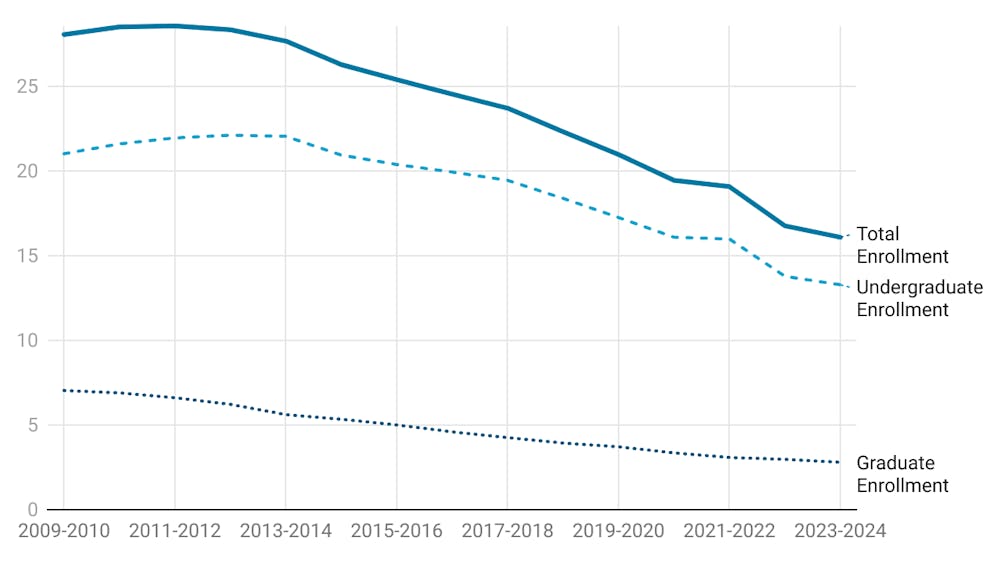Hello, neighbor.
“A Beautiful Day in the Neighborhood,” a film about the life and impact of the children’s television figure Fred Rogers, or “Mr. Rogers,” is currently in theaters.
I had been looking forward to the film since I saw the preview – attached below.
The movie centers not around Rogers but around cynical investigative journalist Lloyd Vogel, a character based on real-life Esquire columnist Tom Junod.
Upon getting an assignment to profile Rogers for an issue of Esquire magazine, Vogel responded, “I don’t do puff pieces.” Mentioning he was profiling the beloved Mr. Rogers to his wife Andrea, she responded, “Lloyd, don’t ruin my childhood.”
But the way the movie unfolded – with Vogel finding in Mr. Rogers a personal confidante despite his objections – not only enhanced my own memories of Mr. Rogers on my television screen but enhanced the way I reflect on adulthood, as well.
I saw in Lloyd Vogel a part of myself: Like Vogel, I have built a reputation of being a cynical opinions columnist who casts a critical eye on everything. I think that’s why it impacted me so much. The film was more than a nostalgic puff-piece. It reminded me of my own struggles, my own goodness and my own humanity. And I have the legacy of Mr. Rogers and a stunning portrayal by Tom Hanks to thank for that.
Through Mr. Rogers’ guidance, Vogel learns to forgive his father for the shadow he cast on his childhood. After some missteps, Vogel finally lets Fred Rogers in and lets him use some of his antics – including the puppets – to argue his points for addressing your pain, releasing your anger and forgiving yourself and others. The two following quotes provided a lot to think about:
“Do you know what forgiveness means? It’s a decision we make to release a person from the feelings of anger we have against them.”
“Sometimes it’s hardest to forgive the ones we love.”
The movie also touched on how Fred Rogers himself released his anger: praying for those struggling by name, swimming laps, playing piano. And it touched on some of the pressure his own sons must have been under in having Rogers as a father, to which Rogers responded, “Thank you. For that perspective.”
It was cathartic for me to see someone on screen who took criticism in stride and really listened, rather than arguing. In all of this, the movie shows how dedicated Mr. Rogers was in his quest to show children – and adults – how to positively deal with their feelings.
Perhaps the most captivating scene of the movie was when Vogel went out with Mr. Rogers to eat at a diner. At one point during the conversation, Rogers said, “Just take a minute and think about all the people who loved us into being.” And that’s exactly what the director of the film wanted the audience to do along with Vogel, Rogers and the other folks in the diner. The entire theater was silent – no munching on popcorn, just reflection and thoughtfulness.
Finally, Mr. Rogers made the case for growth and self-love. When Vogel said to Fred Rogers, “You love broken people … like me,” Rogers responded simply, “I don’t think you are broken.”
It makes a compelling argument that people are, by nature, gray. Not black and white. We all have problems we must work through to experience growth. We all sometimes do things we later find abhorrent.
Rogers vocalizes this point by saying: “There is no normal life that is free of pain. It’s the very wrestling with our problems that can be the impetus for our growth.”
He then says, “I don’t think anyone can grow unless he’s loved exactly as he is now, appreciated for what he is rather than what he will be.”
Vicariously through Lloyd Vogel, I let go of my cynicism on how corny Mr. Rogers can be in his role as a children’s television celebrity. This movie came at a perfect time and emphasizes self-reflection and growth in the perfect way: through the voice of the “hero” Mr. Rogers.
I will leave you with one last quote that drives home how Mr. Rogers delves into one of the hardest things: self love.
“When we love a person, we accept him or her exactly as is: the lovely with the unlovely, the strong with the fearful, the true mixed in with the façade, and of course, the only way we can do it is by accepting ourselves that way.”










